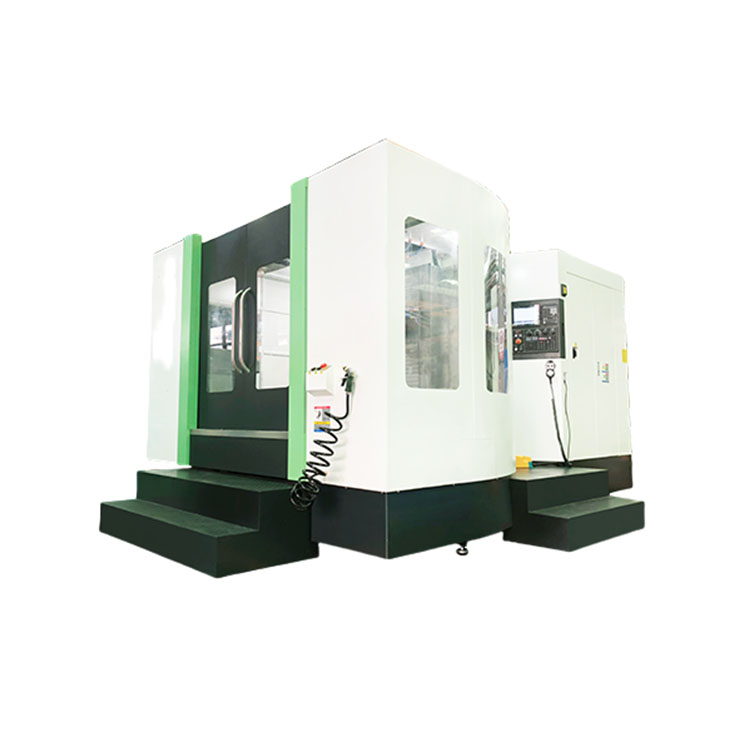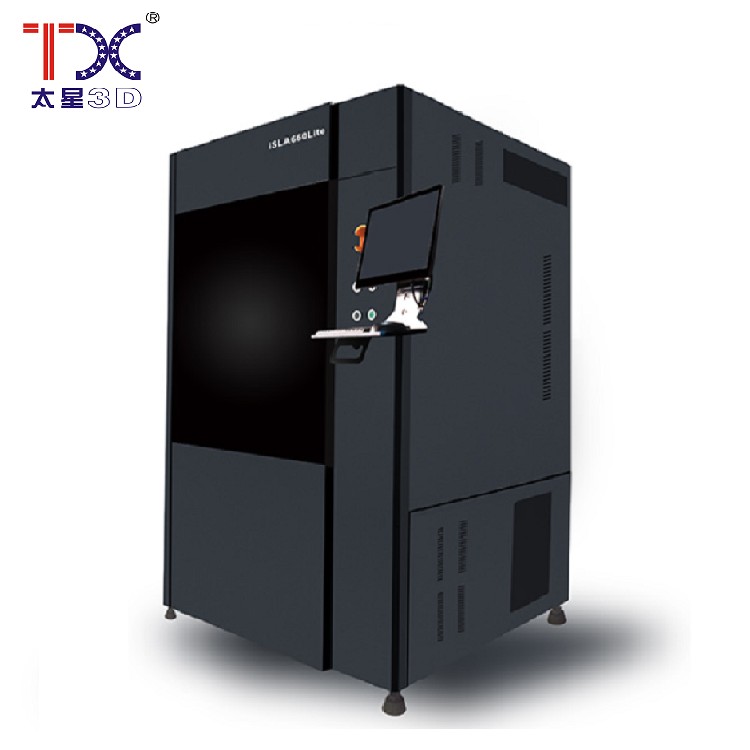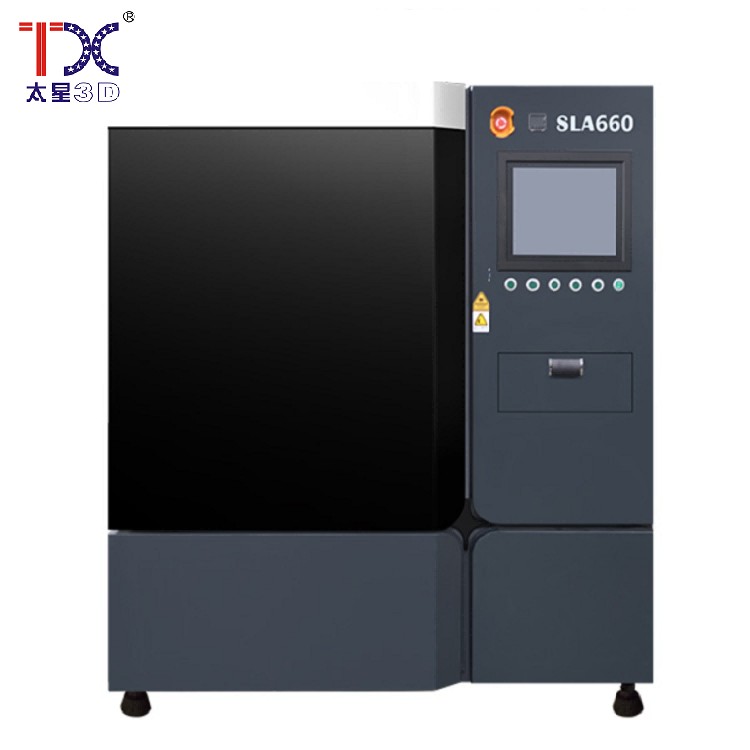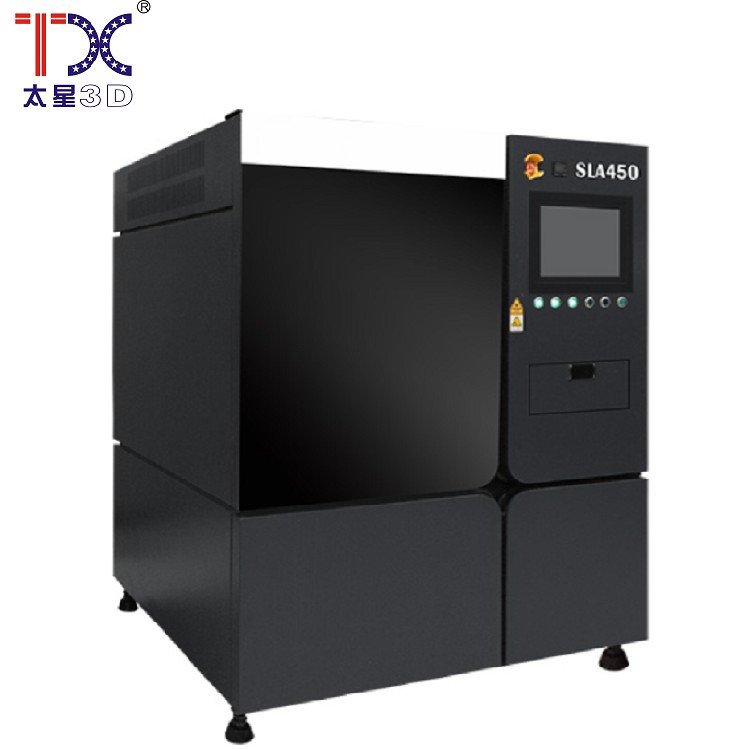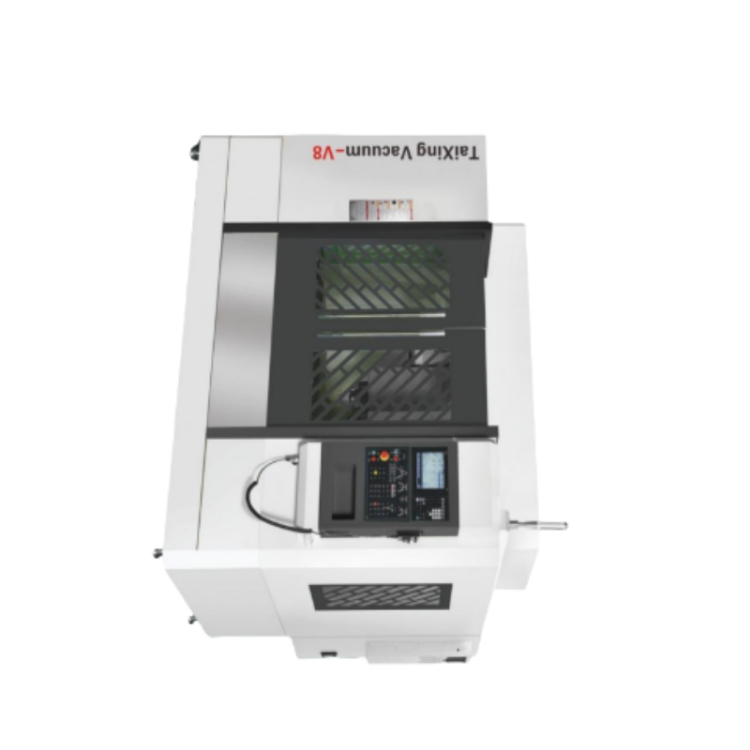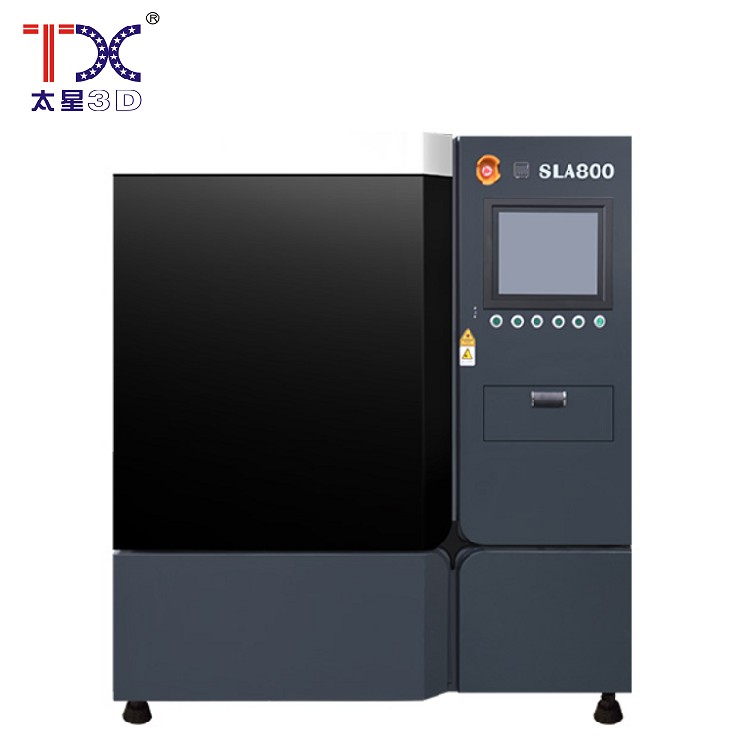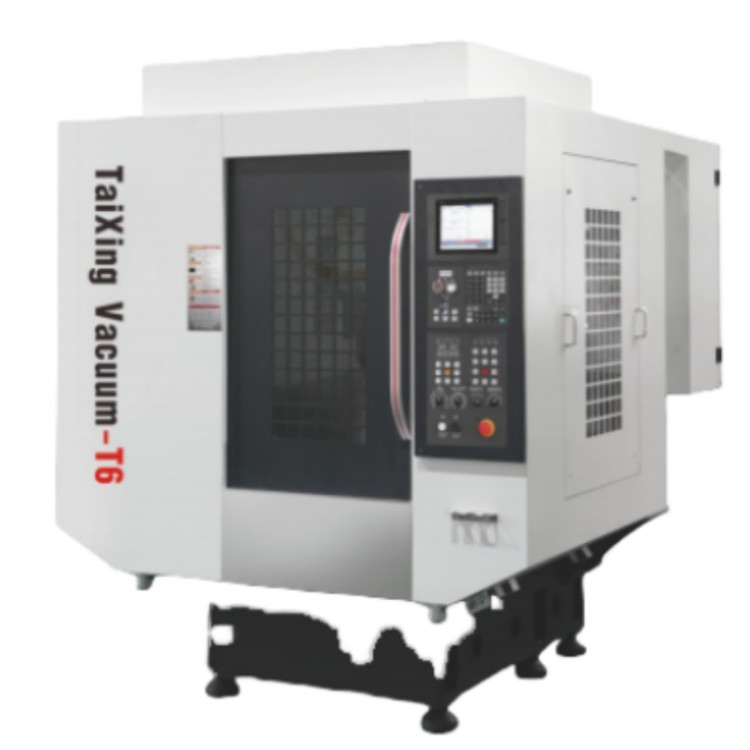
Equipment for 3D printing
Equipment for 3D printing
3D printing is a technology that allows you to create three-dimensional objects from digital models. It sounds fantastic, isn't it? But behind this magic is quite understandable and affordable equipment. Let's figure out what it consists of.
The main components of the 3D printer
Any 3D printer is based on several key elements. Firstly, this is an extruder, a kind of printer mouth that squeezes molten plastic (or other material) layer by a layer. Imagine a small plastic gun. It is important that this gun is accurate and controlled, because the quality of the future object depends on it. Then, of course, there is a platform on which an object is formed. It is like a table on which our 3D-chudo grows. It should be even and stable so that the layers of the material are glued correctly. And finally, the controller, the brain of a 3D printer. He receives data about the model from the computer and controls the movement of the extruder and the platform, drawing from the material our item according to the laid program.
Types of materials for printing
The choice of material directly affects the result. The most common material is, of course, plastic. It is available in different colors and characteristics (from durable ABS to flexible TPU). But there are other materials: metals, ceramics, resins. The choice depends on the conceived object and tasks. If you need a strong product, for example, a part for the mechanism, then ABS plastic will be the perfect option. If you need a flexible, elastic element, for example, for toys, then perhaps the TPU is the best choice.
A variety of 3D printer models
The modern market offers many models of 3D printers, from simple and affordable, ending with professional, which are used in industry. The choice depends on the needs. For amateur printing and modeling at home, compact desktop printers are quite suitable. For serious tasks, for example, in design or prototyping, professional printers with large size of the working area and the ability to work with a wide range of materials are the best option. You need to choose based on your tasks and budget. It is important to take into account that complex equipment often has a higher cost and requires a certain level of skills for use.
AppropriateProducts
Corresponding products
The best soldproducts
The best -selling products-
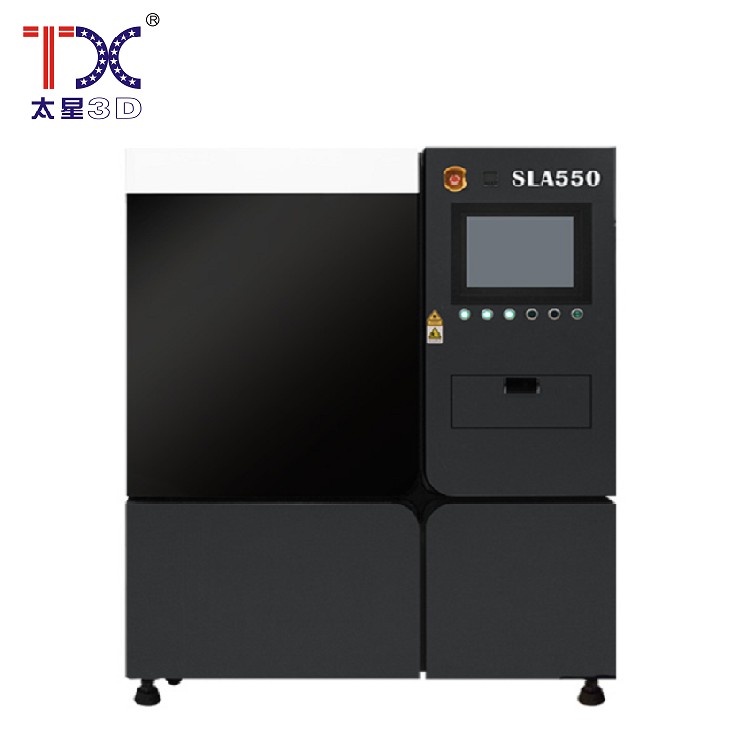 Taisin Light-adoptive 3D printer SLA550
Taisin Light-adoptive 3D printer SLA550 -
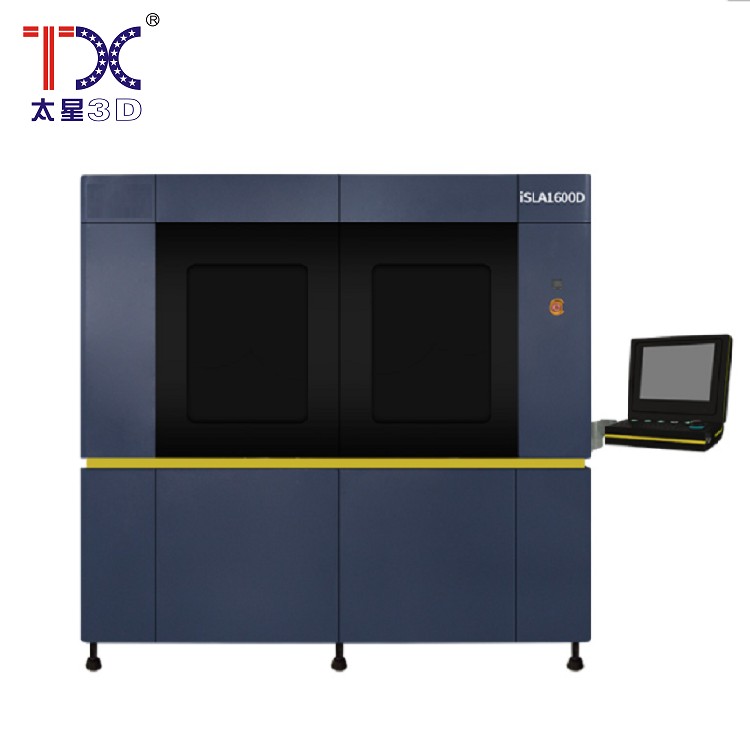 Taisin Light-adoptive 3D printer SLA1600D
Taisin Light-adoptive 3D printer SLA1600D -
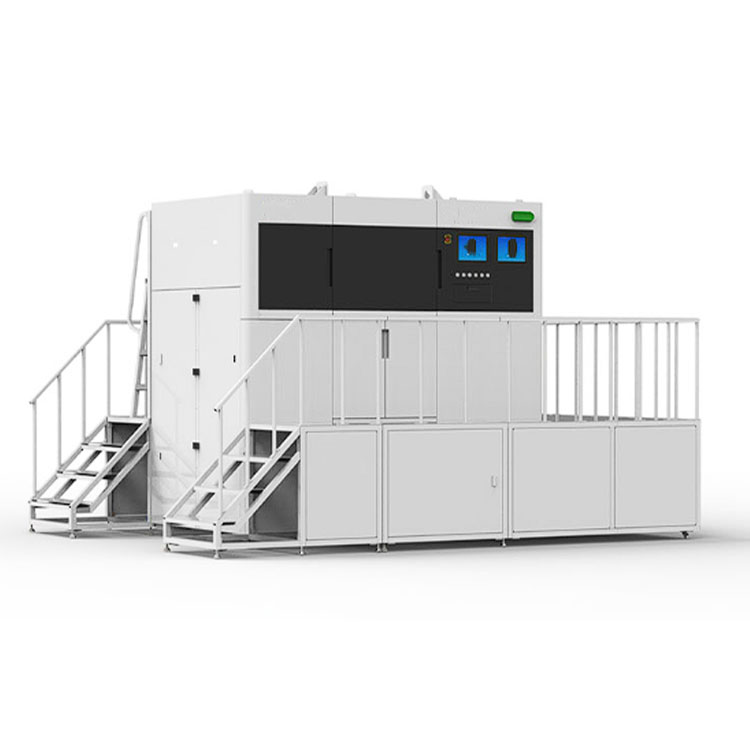 Taisin Metal 3D printer ISLM500D
Taisin Metal 3D printer ISLM500D -
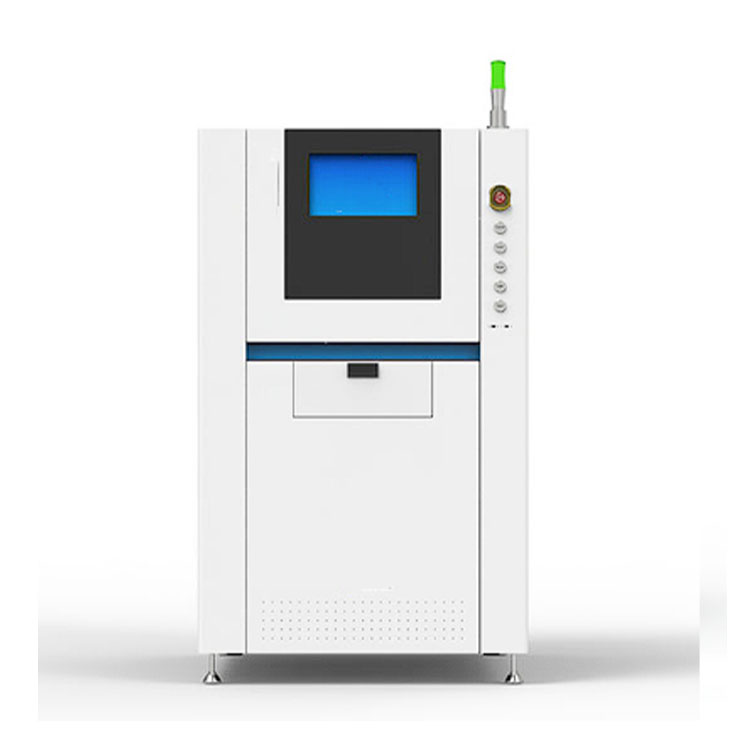 Taisin Metal 3D printer IDEN160
Taisin Metal 3D printer IDEN160 -
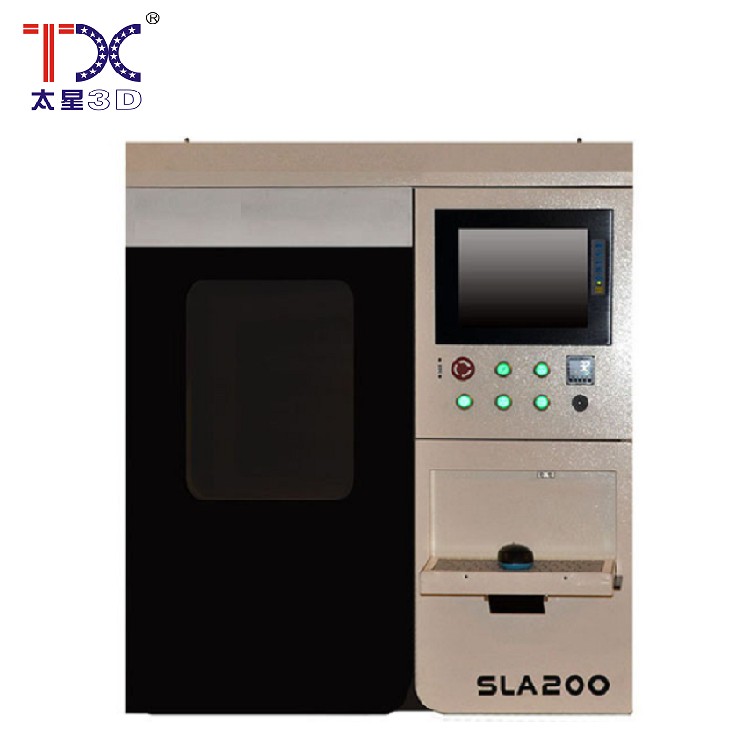 Taisin Light-adoptive 3D printer SLA200
Taisin Light-adoptive 3D printer SLA200 -
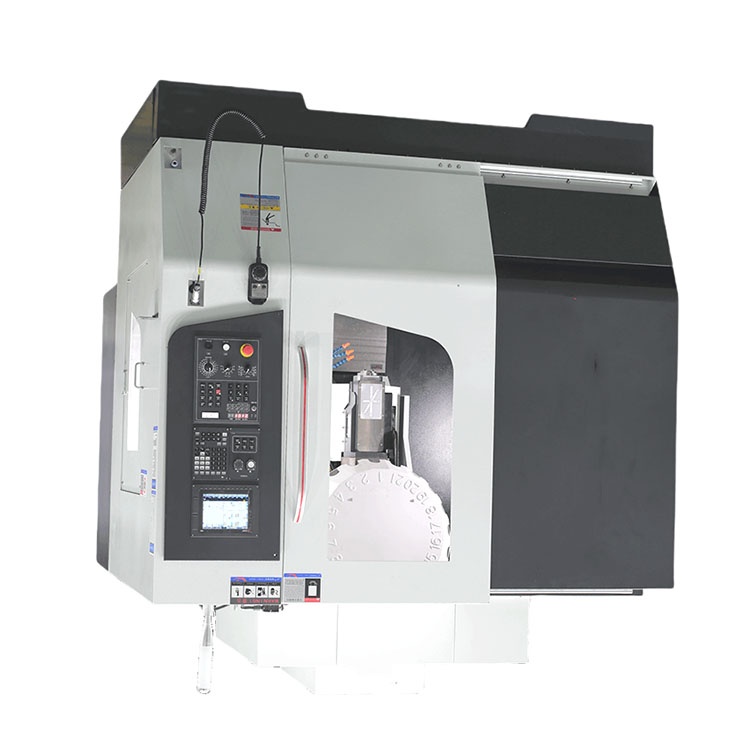 Taisin drilling and threaded-cutting machine with CNC TXT-700
Taisin drilling and threaded-cutting machine with CNC TXT-700 -
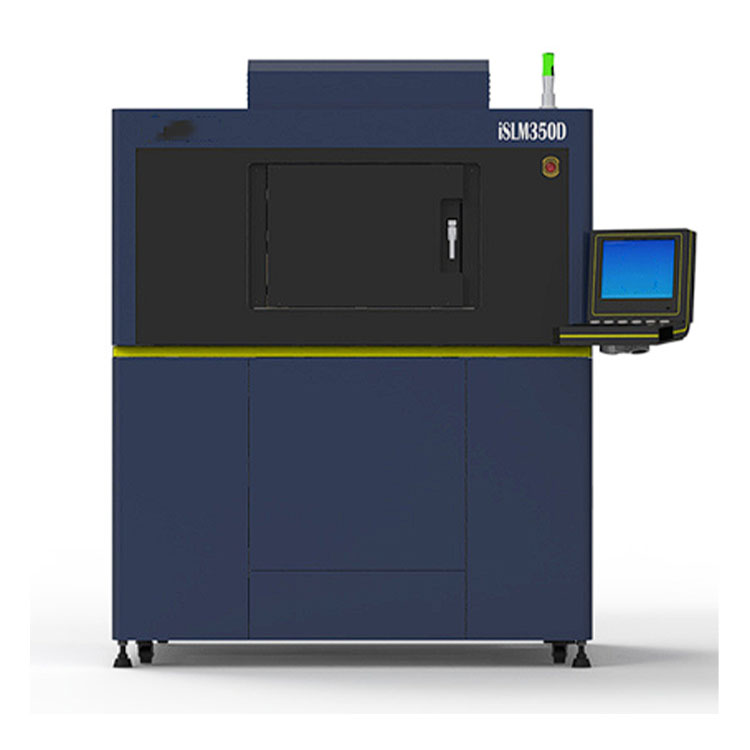 Taisin Metal 3D printer ISLM350D
Taisin Metal 3D printer ISLM350D -
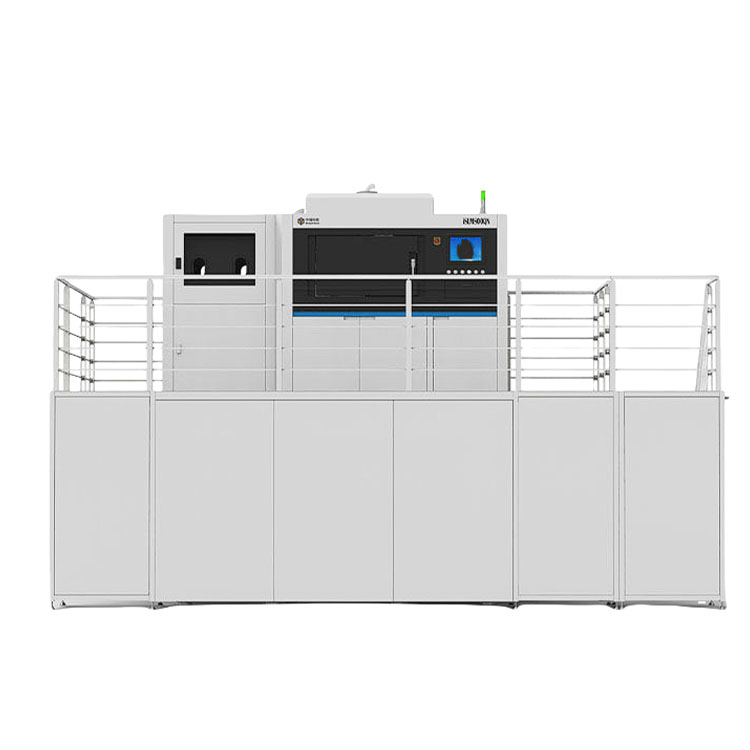 Taisin Metal 3D printer ISLM600QN
Taisin Metal 3D printer ISLM600QN -
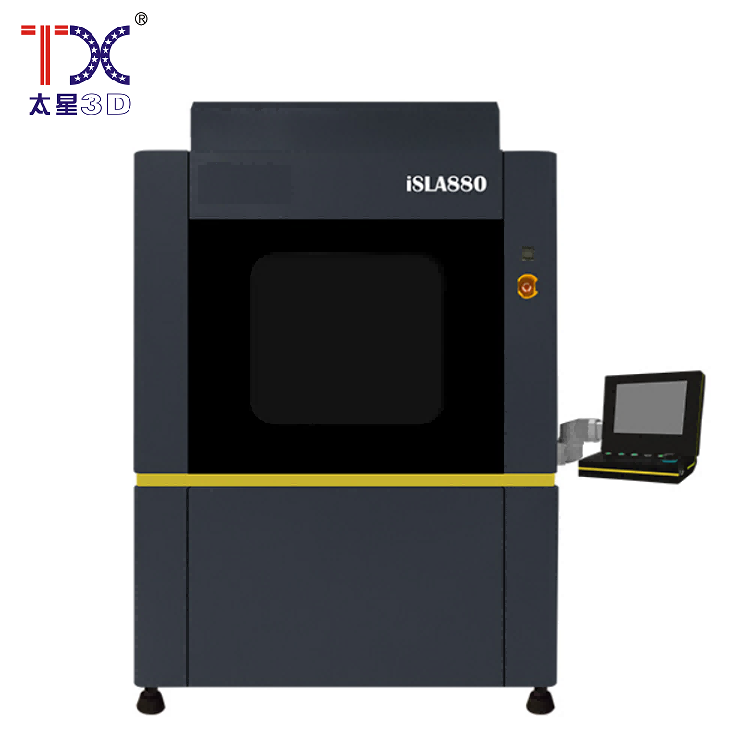 Taisin Light-adoptive 3D printer SLA880
Taisin Light-adoptive 3D printer SLA880 -
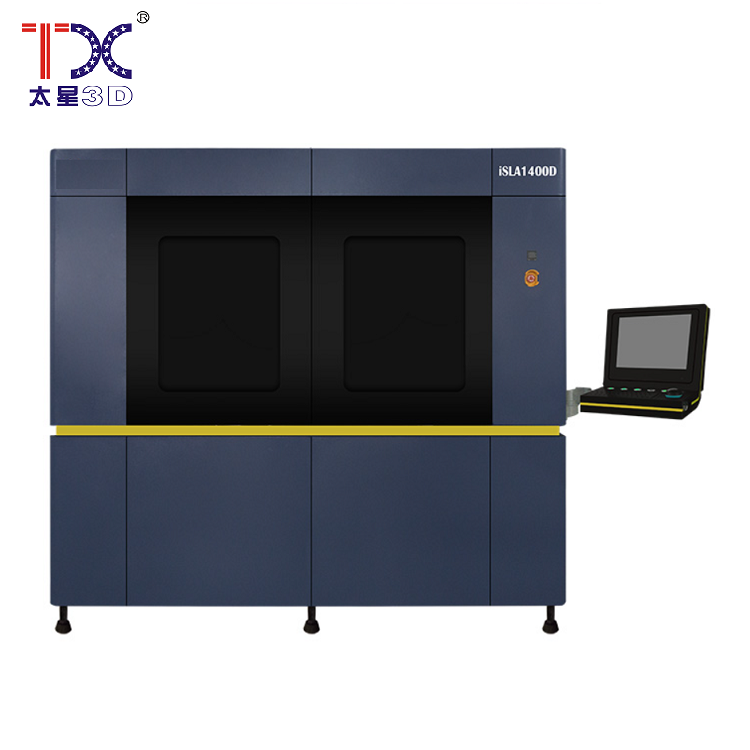 Taisin Light-adopted 3D printer SLA1300D
Taisin Light-adopted 3D printer SLA1300D -
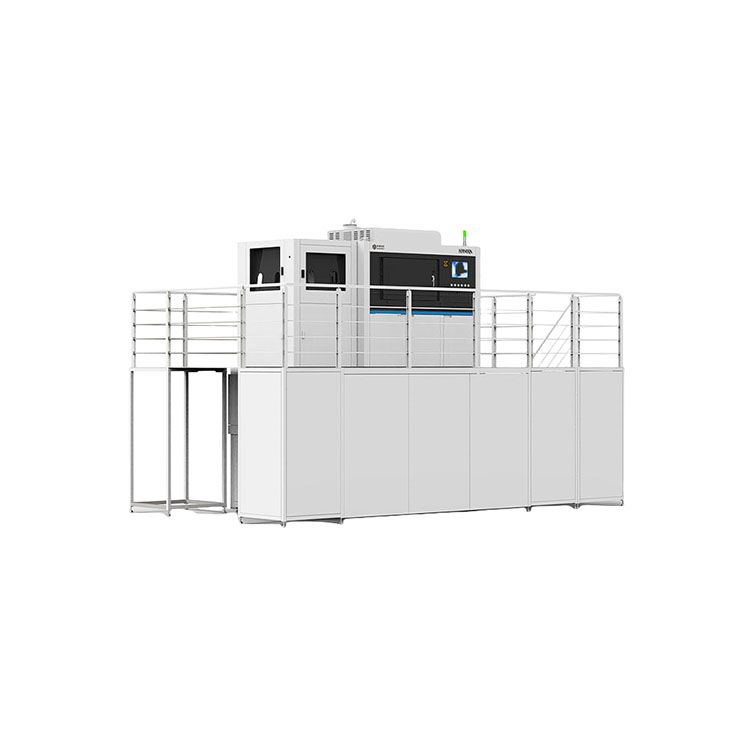 Taisin Metal 3D printer ISLM800QN
Taisin Metal 3D printer ISLM800QN -
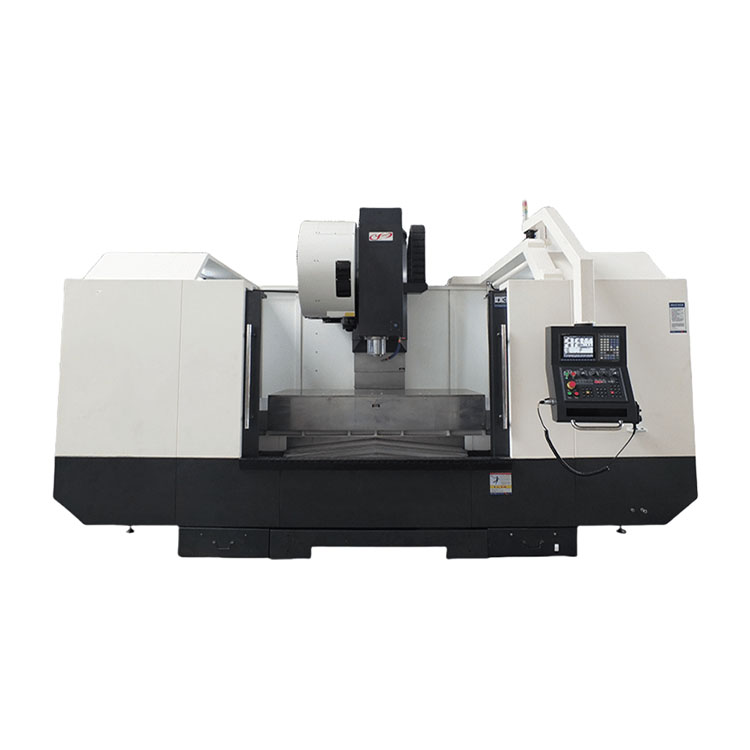 Taisin high-precision vertical processing center with CNC VMC TXP-1890
Taisin high-precision vertical processing center with CNC VMC TXP-1890
Connectedsearch
Related search- Cheap factories of CNC machines
- Cheap DIY 5-axis CNC plant plant
- Cheap 5-axial CNC machines factory plant
- Manufacturers of instrumental CNC centers in China
- Chinese factories for the production of bussters with CNC
- Most Chinese manufacturers of the CNC machines
- Chinese suppliers of reliable five -axis processing centers with CNC
- Suppliers of equipment for 3D printing in China
- Cheap 3D scanning and printing factories
- Cheap suppliers of architectural 3D printing






